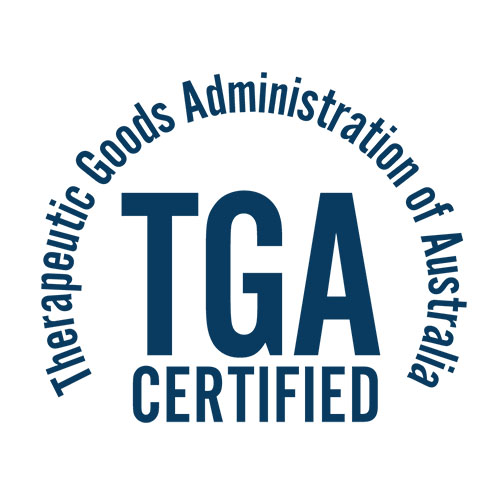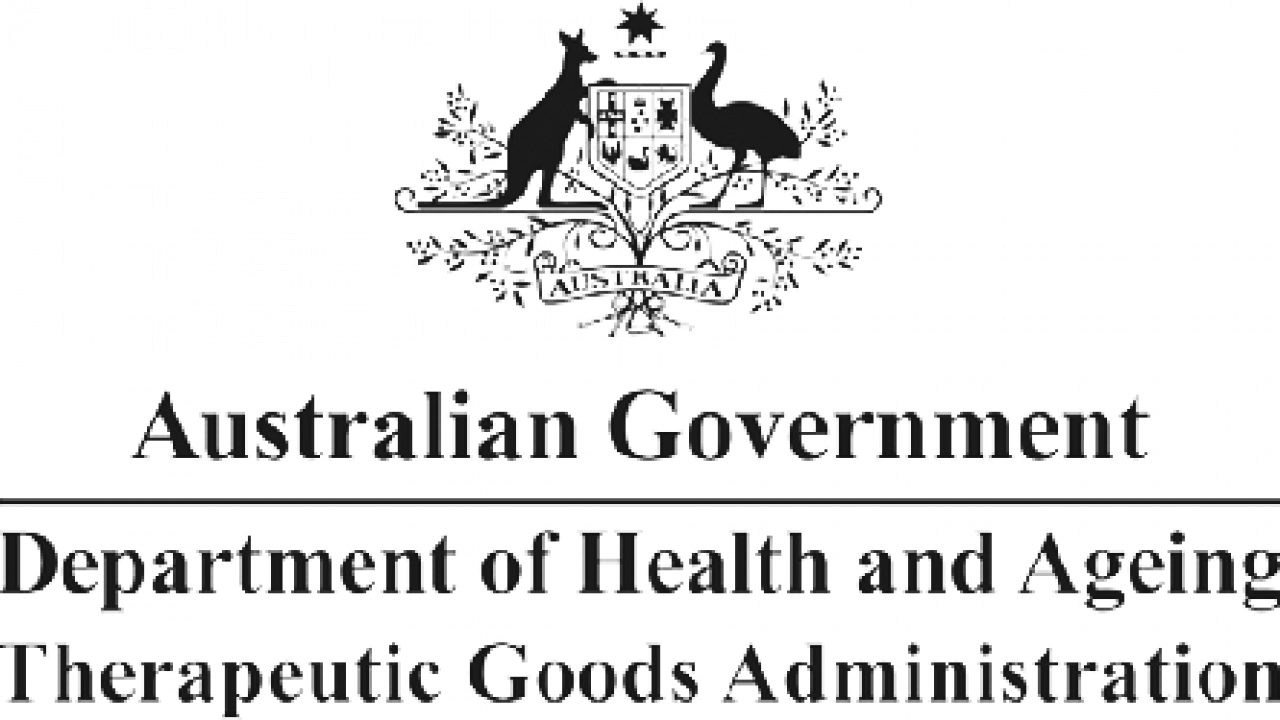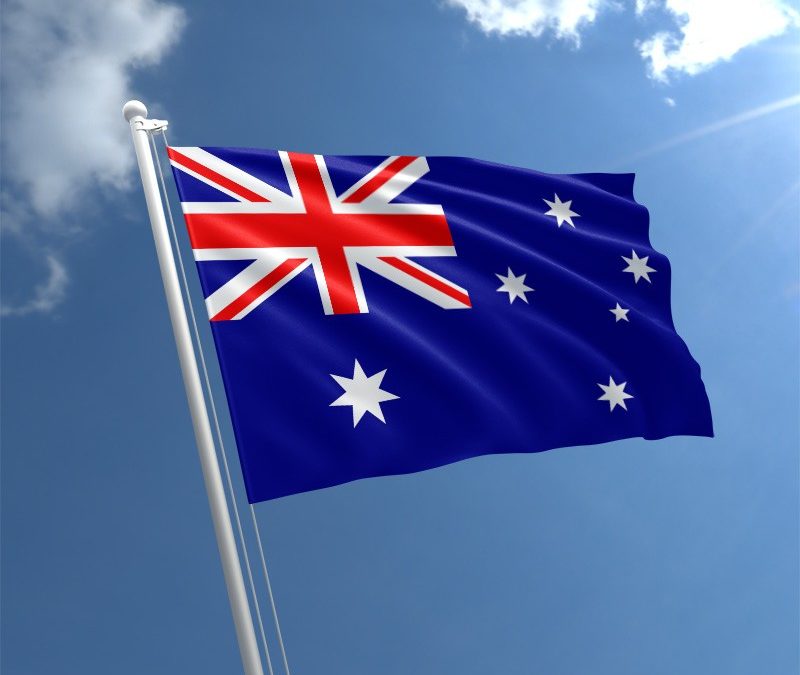The Therapeutic Goods Administration (TGA) provided a set of detailed guidance documents to assist medical device manufacturers in achieving and sustaining compliance with regulatory requirements to be allowed for marketing in Australia – the Australian Regulatory Guidelines for Medical Devices (ARGMD). The authority emphasizes the importance of continuous changes and improvements. The TGA conducts a rigorous analysis of the approach to medical devices applied by foreign national regulating authorities to implement the best practices. The authority also states that industry representatives may submit their comments and suggestions that currently fall outside the scope of the Guidelines.

Medical Devices Registration in Australia
The first valid guidance included in the ARGMD is dedicated to the procedure of medical device registration in Australia. In accordance with the applicable regulations, any and all medical devices intended to be marketed in Australia should be duly registered and included in the Australian Register of Therapeutic Goods (ARTG) – the national database containing the information about medical devices approved by the TGA. Such a procedure is also required for exporting medical devices from Australia since the inclusion in ARTG is a pre-condition for applying for the certificate of free sale which is required for exporting medical devices.
Nowadays medical devices regulation in Australia is currently based on the following legislative acts:
- The Therapeutic Goods Act 1989 (the Act),
- The Therapeutic Goods (Medical Devices) Regulations 2002 (the Regulations),
- The Therapeutic Goods Regulations 1990.
It is also important to mention that Australian medical devices regulations provide certain exclusions under which medical devices could be exempted from the inclusion in ARTG. Hence, for excluded medical devices the requirement on mandatory inclusion in the national database before marketing could be waived.

Registration Procedure
The document published by the TGA also provides a step-by-step description of the whole process of medical device registration in Australia. In particular, in order to be allowed to market its medical devices in Australia, the manufacturer or its authorized representative (importer or distributor) shall:
- Determine whether the particular medical device in question should be included in the ARTG or one of the exclusions or exemptions could be applied.
- Determine properly the class of the device under the risk-based classification and prepare a set of supporting documents to be submitted to the regulating authority together with the application for the registration.
- Obtain access to the TGA Business Services system (TBS) – a special online system managed by the TGA and intended to be used for communications between entities responsible for medical devices and the regulating authority.
- Submit an application using the aforementioned online system.
- Wait for the application to be processed by the TGA.
- Print the ARTG certificate of inclusion – an official document confirming that the particular medical device has been successfully included in the Australian national medical devices database.
The authority also mentions that there are three different types of submissions to be filed using TBS depending on the classification of the medical device subject to review, namely:
- Class I non-sterile, non-measuring medical devices, as well as Class 1 in vitro diagnostic (IVD) medical devices.
- Class I medical devices and Class 1 IVD medical devices registered exclusively for the exporting purposes.
- All other classes of medical devices except ones described hereabove.
PRO Instruments: Regulatory Background
In order to assist medical device manufacturers and other parties involved in the evaluation of medical devices, the FDA has already published several guidance documents covering various aspects related to the development, modification, and application of patient-reported outcome instruments. The list of the documents published by the FDA includes the following ones:
- “Patient-Reported Outcome Measures: Use in Medical Product Development to Support Labelling Claims”,
- Guidelines on the Patient-Focused Drug Development,
- “Value and Use of Patient-Reported Outcomes (PROs) in Assessing Effects of Medical Devices”,
- “PRO Case Studies”, providing the examples of patient-reported outcome instruments, and
- “PRO Compendium”, a document containing a non-exhaustive list of PRO instruments used in clinical trials.
It is also important to mention that medical device sponsors (interested parties) are allowed to use patient-reported outcome instruments in the context of the development and evaluation of medical devices. The appropriate rule has been set forth by the Medical Device Development Tools program. Thus, the Center for Devices and Radiological Health (CDRH) recognizes such data as admissible evidence to be used in the context of medical device safety and performance evaluation.
The Agency emphasizes the importance of inclusion of the information collected directly from the patients to the scope of the documents to be submitted by the applicants in the course of applying for FDA approval. Such information could be also useful for the purpose of the decision-making process related to treatment and care. The authority states that the data deriving from the patient-reported outcomes instruments constitute an important source of information to be considered for benefit-risk assessment and preparation of the labeling.

Comparable Overseas Regulators
As it was already mentioned before, the TGA implements the measures necessary to align the Australian medical devices regulations with the best practices and internationally accepted practices. As a part of such process, the TGA also intends to recognize the approval issued by some of the foreign regulating authorities, allowing the entities applying for the registration of medical devices in Australia to provide a confirmation of the appropriate registration in the country of origin instead of following the general registration process. Such an approach allows us to simplify and accelerate significantly all the procedures related to placing medical devices on the Australian market and to reduce the regulatory burden on medical device manufacturers and their authorized representatives.
For instance, the Australian regulating authority accepts the certificates issued by the European notified bodies duly designated to perform conformity assessment within the scope of designation. The manufacturers may use such certificates the same way as ones issued by the TGA.
According to the Guidelines published by the TGA, besides the EU notified bodies mentioned hereabove, the list of comparable overseas regulators includes:
- The Food and Drug Administration (FDA, the US regulating authority),
- Health Canada,
- Medical Device Single Audit Program (MDSAP) Auditing Organisation,
- The Ministry of Health, Labour and Welfare and Pharmaceutical and Medical Devices Agency of Japan.
In order to assist medical device manufacturers and their authorized representatives intended to benefit from the aforementioned rule, the TGA has already developed guidance dedicated to the use of market authorization evidence from comparable overseas regulatory bodies for medical devices, and also the questions and answers document describing the most important aspects associated thereto.
Change of Responsible Entity
The TGA also describes the procedure to be applied in case when it is necessary to change the entity responsible for the medical device duly placed on the Australian market (the sponsor). In accordance with the appropriate guidance, the following rules should be considered:
- It is required to notify the TGA within 3 months from the date the changes have actually taken place, and
- The authority is entitled to request additional documents confirming the transfer.
The same rules should be applied in case of changes to the name of the company or corporate changes resulting in the changes to the name.
The TGA provides three different notification forms to be used in case of:
- Change of sponsorship,
- Change in business or product ownership, or
- Change of sponsor name.
When filled properly, the appropriate form should be submitted to the regulating authority via email. These notifications could be filed without paying any additional fees. However, in case of changes to the ARTG entries, the sponsor will have to pay the fee for making the changes. In particular, such cases include the changes to the information about the medical device or new labels.
Upon receipt of the notification filed by the sponsor, the TGA will review the request and make necessary changes to the ARTG entry within 10 business days from the date the request has been received.
Besides the above-mentioned points, the Australian Regulatory Guidelines for medical devices also cover such aspects as:
- Declaration of conformity,
- Medical device classification rules,
- Requirements regarding clinical evidence,
- Removal of a medical device from the ARTG upon request submitted by the sponsor,
- Applicable fees and charges,
- Rules on adverse event reporting, and others.
How Can RegDesk Help?
RegDesk is a next-generation web-based software for medical device and IVD companies. Our cutting-edge platform uses machine learning to provide regulatory intelligence, application preparation, submission, and approvals management globally. Our clients also have access to our network of over 4000 compliance experts worldwide to obtain verification on critical questions. Applications that normally take 6 months to prepare can now be prepared within 6 days using RegDesk Dash(TM). Global expansion has never been this simple.
Sources:
https://www.tga.gov.au/publication/australian-regulatory-guidelines-medical-devices-argmd
https://www.tga.gov.au/publication/medical-device-inclusion-process
https://www.tga.gov.au/comparable-overseas-regulators-medical-device-applications

